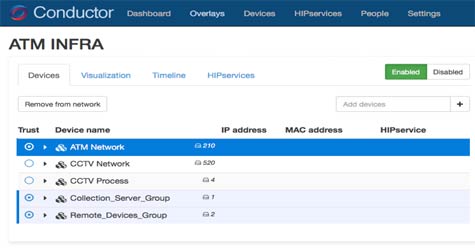One of the more painstaking tasks IT organizations routinely undertake is trying to move the location of a specific endpoint. Physically moving the device is one thing. Getting everything attached to the network to recognize where that device has been moved is often another matter altogether.
To remove all the friction associated with that process, Tempered Networks today announced it has extended its implementation of a Host Identity Protocol (HIP) network to include support for a global IP Namespace capability.
It’s based on an Identity-Defined Network (IDN) Fabric that Tempered Networks uses to create a network overlay based on HIP and cryptographic identities, and Marc Kaplan, vice president of security architecture for Tempered Networks, says that because each endpoint has been assigned a specific cryptographic identity, it can be moved in a way that preserves its IP address regardless of where it physically winds up on the network.
The announcement was made at the Black Hat USA 2016 conference. Kaplan further says cryptographic identities coupled with a global IP Namespace capability also means that two endpoints can open a secure communications channel by using, for example, the File Transfer Protocol (FTP) to share files directly between two IP addresses.
“We also have other use cases involving disaster recovery and making data set migrations simpler,” says Kaplan.
Kaplan concedes that HIP networks are not likely to usurp traditional networks. But they do offer an alternative for sensitive corporate and industrial applications that require a more closed networking environment. That approach not only makes those networks fundamentally more secure because only devices with cryptographic identities can be attached to the network, it also enables IT organizations to provide functionality that would be difficult to replicate using more traditional approaches to networking.




